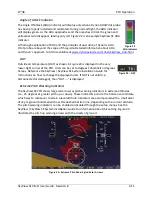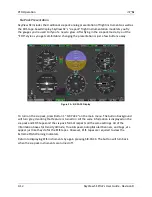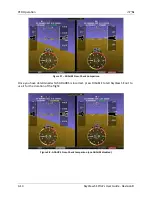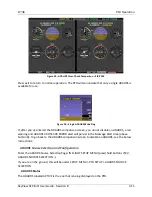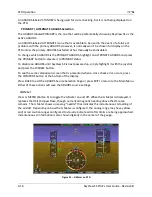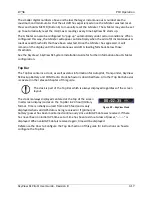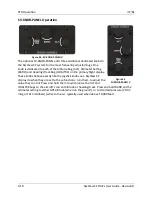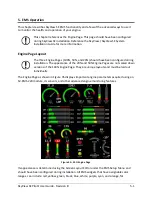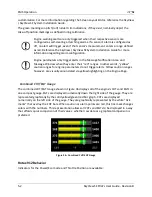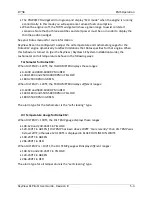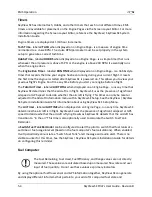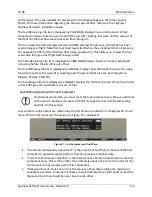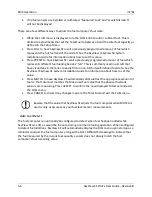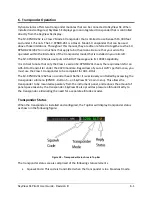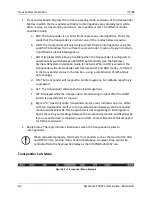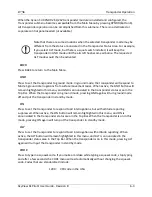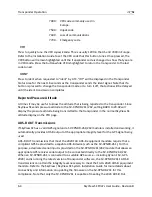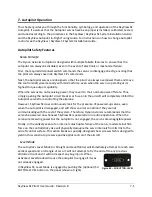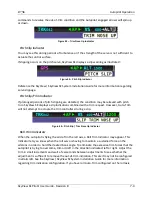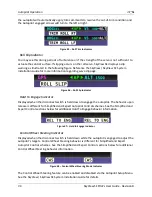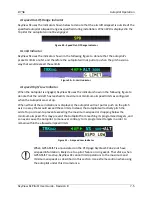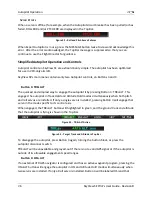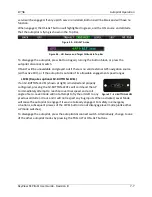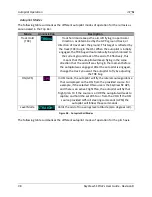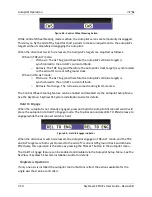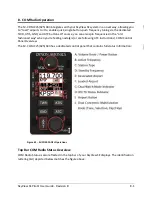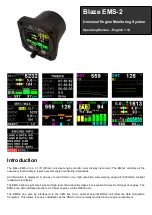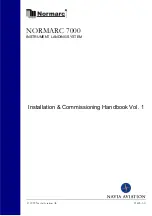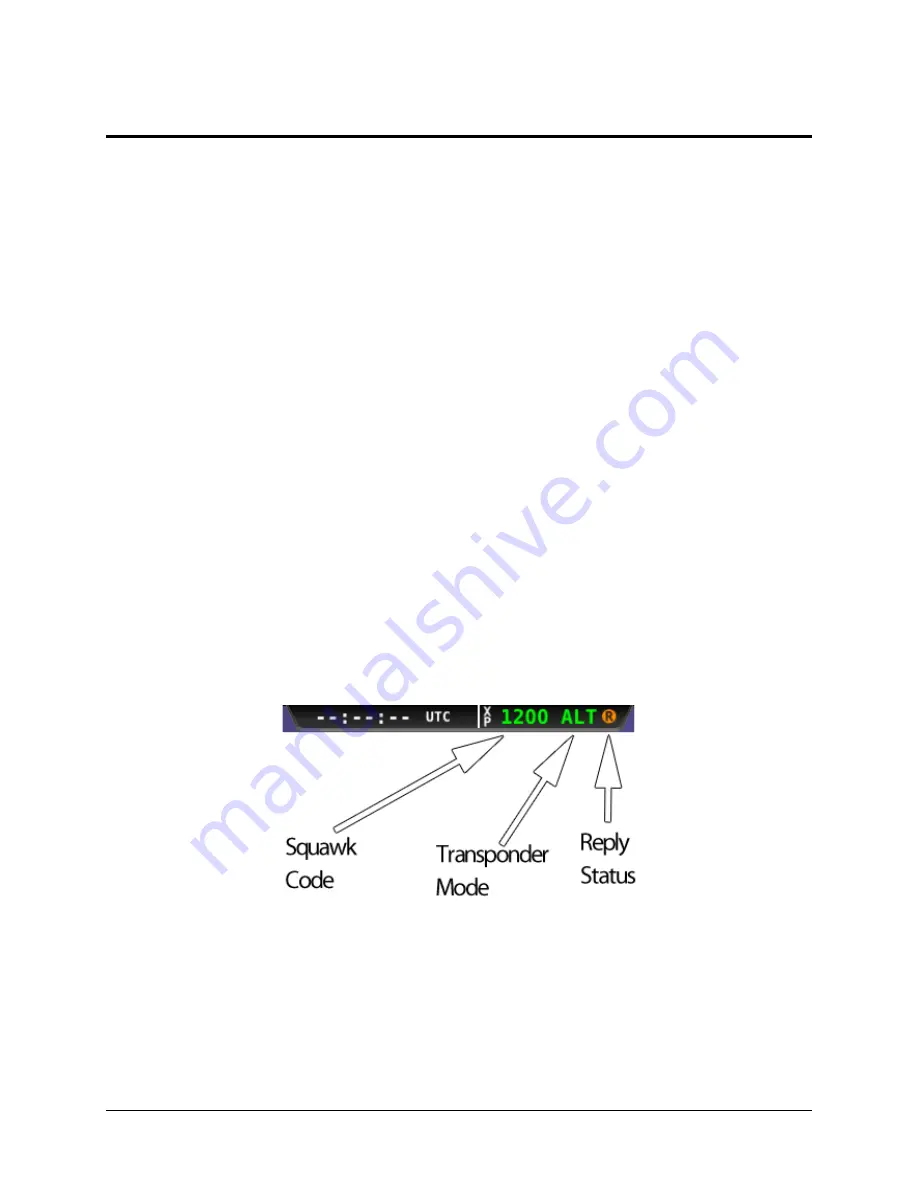
SkyView SE
Pilot’s User Guide
- Revision B
6-1
6.
Transponder Operation
Dynon Avionics offers two transponder modules that can be connected to SkyView SE. When
installed and configured, SkyView SE displays gain an integrated transponder that is controlled
directly from the SkyView SE display.
The SV-XPNDR-262 is a Class 2 Mode S transponder that is limited to use beneath 15,000 feet
and under 175 knots. The SV-XPNDR-261 is a Class 1 Mode S transponder that can be used
above those limitations. Throughout this manual, they are often referred to together as the SV-
XPNDR-261/262 for instructions that apply to both versions. Be sure that your aircraft is
operated within the limitations of the transponder model that is installed in your aircraft.
The SV-XPNDR-261/262 also outputs ADS-B OUT messages via its 1090ES capability.
It is critical to note that only the Class 1 version SV-XPNDR-261 meets the requirements for an
ADS-B Out transmitter under the 2020 mandate.
Regardless of your aircraft’s performance, you
must use the Class 1 transponder to be complaint for ADS-B Out.
The SV-XPNDR-261/262 has no control head. Rather it is exclusively controlled by accessing the
transponder submenu (XPNDR - Button 5
–
on SkyView SE’s main menu).
This allows the
transponder to be mounted separately from the instrument panel, and reduces the amount of
panel space taken by the transponder. SkyView SE also provides pressure altitude directly to
the transponder, eliminating the need for a separate altitude encoder.
Transponder Status
When the transponder is installed and configured, the Top Bar will display transponder status
as shown in the following figure:
Figure 38
–
Transponder Status Area in Top Bar
The transponder status area is comprised of the following status elements:
•
Squawk Code: This code is transmitted when the transponder is in a broadcast mode.

